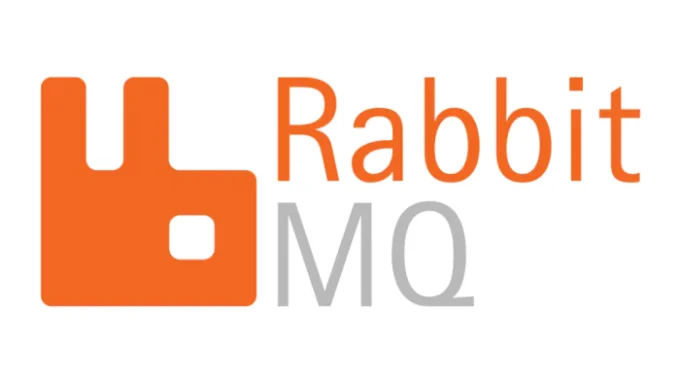
Understanding Message Queues and Middleware (With Real-Life Examples)
Let’s now connect this philosophical thinking to real-world tech, using RabbitMQ and messaging systems as our topic.
What Is a Message Queue?
A message queue is a data structure that holds messages in order—usually First In, First Out (FIFO).
It’s like a line at the bank: first person in line gets served first.
In Redis terms, it’s like LPUSH and RPOP.
What Is Message Middleware?
Message middleware is a tool that manages the sending, storing, and receiving of messages between systems.
Think of it as a delivery hub between a seller and buyer. It’s not required, but it makes communication much smoother.
What Is AMQP?
AMQP (Advanced Message Queuing Protocol) is like the rules of shipping.
Just like HTTP defines how websites work, AMQP defines how message systems talk.
It handles:
- Message formats
- Sending and receiving logic
- Queue management
- Delivery confirmation
It solves many “logistics problems” in system communication.
Why Use a Message Queue?
Here are three real-life problems message queues like RabbitMQ can solve:
1. Traffic Spikes (Peak Shaving)
Imagine an online store getting thousands of requests in seconds. The server crashes.
A queue helps slow down the traffic, acting like a holding area until the system is ready.
2. Loose Coupling (Decoupling)
Without a queue, one service depends directly on another. If one fails, the whole system fails.
A message queue makes each part more independent. Like a delivery center—you can pick up packages later.
3. Asynchronous Processing
Let’s say your system needs to:
- Send emails
- Export files
- Cancel unpaid orders
Instead of waiting for each task to finish, you send them to a queue and move on. This improves speed and user experience.
What Is RabbitMQ?
RabbitMQ is a message broker built using Erlang and based on the AMQP protocol.
It helps different services talk to each other efficiently.
📘 Official RabbitMQ Documentation
Benefits of Using RabbitMQ
- Peak Traffic Handling: Smooths out traffic spikes.
- Decoupling: Keeps services from breaking each other.
- Async Processing: Send now, process later.
- Multi-language Support: Works with PHP, Java, Python, Ruby, Go, Node.js, and more.
- Resume-worthy: A great skill to add to your resume. Many job interviews ask about it.
Challenges
- Performance Impact: Queuing adds a delay in some scenarios.
- Setup and Maintenance: RabbitMQ needs its own server and environment (Erlang required).
- Not for Big Data: For real-time analytics and massive logs, tools like Kafka are better.
Alternatives
- RocketMQ: Java/C++ only, from Alibaba.
- ActiveMQ: Older, not as active in development.
- Kafka: Great for big data.
- Redis-based Queues: Good for lightweight tasks.
- Laravel Queues: Built into PHP Laravel framework.
- AWS MQ, Apsara MQ, Apache Pulsar: Cloud options.
Final Thoughts
Whether you’re solving a hard math problem, designing a complex software system, or handling millions of messages per day—the key is clarity and structure. Use philosophy to guide your mind, and tools like RabbitMQ to guide your architecture.
Success might just be one insight away. Don’t give up because you can’t see the big picture -step back, think deeply, and keep learning.


